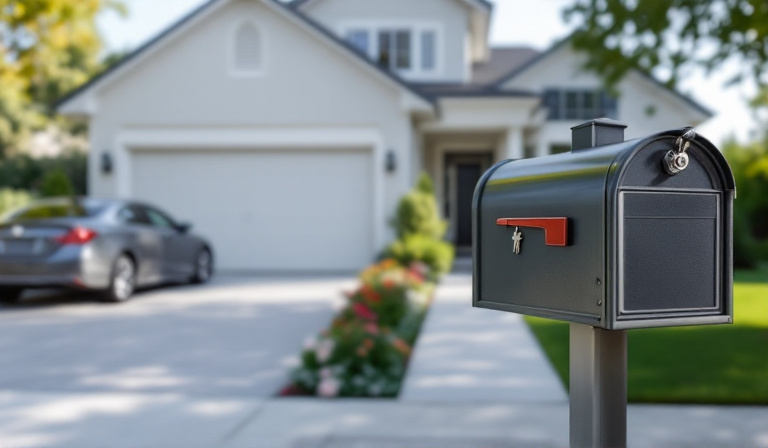
In today’s digital age, it’s easy to overlook the importance of securing our physical mail. While electronic communication continues to dominate, traditional mail still plays a significant role in our lives. From bank statements to personal letters, mail can contain sensitive information that, if intercepted, could lead to identity theft or fraud. Therefore, taking steps to secure your mail is crucial for protecting your personal information.
Understanding the Risks
Before diving into the tips, it’s essential to understand the potential risks associated with unsecured mail. Thieves often target mailboxes to steal personal information, which can be used to commit identity theft. Moreover, sensitive documents, such as tax forms or credit card statements, can provide valuable information to criminals if they fall into the wrong hands.
Practical Tips for Securing Your Mail
Here are some practical and effective ways to keep your mail safe:
1. Use a Locking Mailbox
One of the simplest ways to protect your mail is by using a locking mailbox. These mailboxes are designed to prevent unauthorized access, ensuring that only you or a trusted individual can retrieve your mail. Locking mailboxes come in various designs and sizes, so you can choose one that fits your needs and aesthetic preferences.
2. Collect Mail Promptly
Leaving mail in your mailbox for extended periods increases the risk of theft. Make it a habit to collect your mail promptly, ideally as soon as it’s delivered. If you’re expecting important documents and won’t be home, consider asking a neighbor to collect your mail for you.
3. Opt for Electronic Statements
Wherever possible, opt for electronic statements and notifications. Most banks, utilities, and service providers offer this option, reducing the amount of sensitive information sent through the mail. Not only does this help protect your information, but it’s also an environmentally friendly choice.
4. Shred Sensitive Documents
Before discarding any mail that contains personal information, such as your name, address, account numbers, or social security number, be sure to shred it. Shredding prevents dumpster divers from retrieving your information and using it for fraudulent activities.
5. Monitor Your Mail Delivery
If you notice irregularities in your mail delivery, such as missing mail or unexpected delays, it might be a sign of theft. Contact your local post office to report the issue and consider filing a police report if you suspect criminal activity.
Enhancing Mail Security at Home
In addition to protecting your mailbox, there are other steps you can take at home to enhance mail security:
1. Install Security Cameras
Installing security cameras around your property can deter potential thieves and provide valuable evidence if your mail is stolen. Place cameras in strategic locations where they capture clear views of your mailbox and front door.
2. Use a Mail Slot
If possible, consider installing a mail slot in your front door. This setup allows mail to be delivered directly into your home, reducing the risk of theft from an outside mailbox.
3. Schedule a Hold with the Post Office
If you’re going on vacation or will be away from home for an extended period, schedule a hold on your mail with the post office. This service temporarily stops mail delivery until you return, ensuring that your mail is safe and secure during your absence.
Staying Informed and Vigilant
Staying informed about the latest security threats and remaining vigilant in protecting your mail are crucial steps in safeguarding your personal information. Here are some additional tips to consider:
1. Keep Track of Expected Deliveries
Maintain a list of expected deliveries, especially for important documents. This practice allows you to quickly notice if something is missing and take immediate action.
2. Report Suspicious Activity
If you observe any suspicious activity around your mailbox or neighborhood, report it to local authorities. Your vigilance can help prevent crime and keep your community safe.
3. Educate Yourself on Identity Theft
Learn about the common signs of identity theft and how to respond if you become a victim. Knowledge is power, and being informed can help you take swift action to protect yourself.
Final Thoughts
While digital security often takes center stage in discussions about protecting personal information, physical mail security should not be neglected. By implementing these practical tips and remaining vigilant, you can significantly reduce the risk of mail theft and safeguard your sensitive information. Remember, protecting your mail is an ongoing process that requires attention and care, but the peace of mind it provides is well worth the effort.

